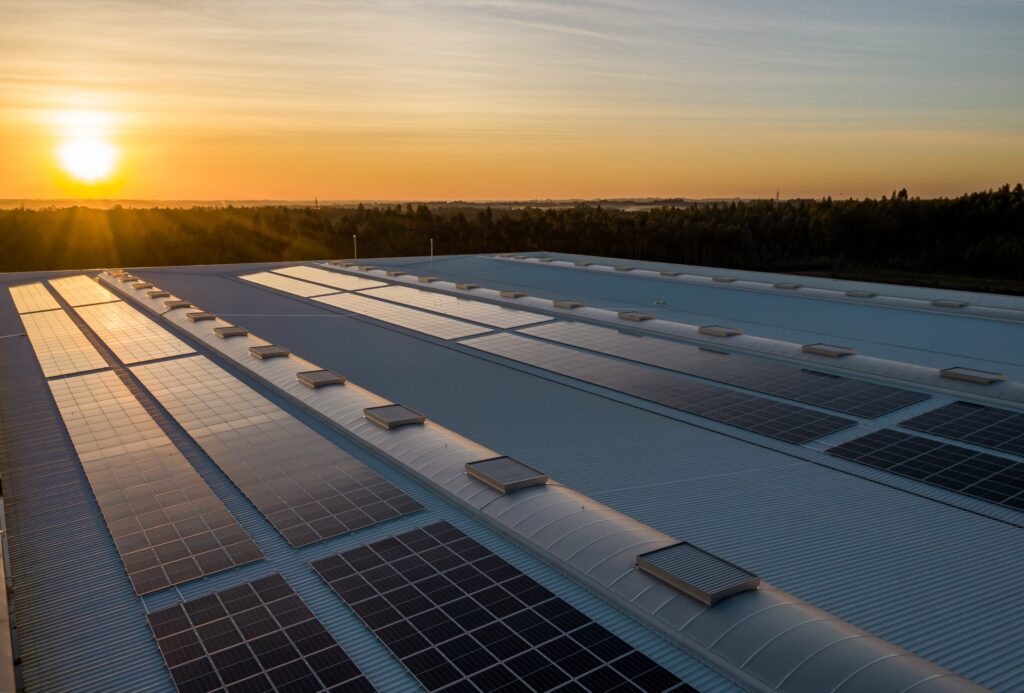Although solar energy panels have become one of the most effective solutions to produce renewable energy in cities and smart territories, this technology hides a dark side that is little known and that could generate a more serious environmental crisis than the one it intends to solve.
Why Solar Panels Could Trigger a Major Environmental Crisis?
By Gabriel E. Levy B.
A recent report published by the U.S. media Los Angeles Times states that the state of California is one of the pioneers, globally, in promoting solar energy by installing panels on the roofs of homes. With this, this territory has intentionally promoted the largest solar market in the U.S. and one of the most important in the world, thanks to more than 20 years of continuous work, resulting in more than one million rooftops generating their own energy[1].
The report also states that, starting in 2006, the state focused on encouraging people to use solar energy by providing subsidies to homeowners for the installation of photovoltaic panels. However, the panels purchased under these programs are reaching the end of their 25-year life cycle and the families themselves do not know what to do with these unusable devices, so many are already ending up in landfills or municipal dumps, which do not have sufficient protocols to process the toxic heavy metals that are part of these panels, including selenium or cadmium, which have the capacity to contaminate groundwater.
“People just don’t realize that there are toxic materials in those electronics, that once they are shredded and put in the landfill, a lot of those chemicals and toxic materials will leach into the groundwater,” says Natalie Click, a Ph.D. candidate in materials science at the University of Arizona, who studies the issue[2].
In this regard, expert Sam Vanderhoof, who has devoted his life to studying the solar industry, says that only 1 in 10 panels is actually recycled, according to estimates drawn from International Renewable Energy Agency data on retired panels.
The looming challenge of how to handle trucks full of contaminated waste illustrates how cutting-edge environmental policy can create unforeseen hazards in the future.
“The industry is supposed to be green,” Vanderhoof said. “But in reality, it’s all about the money” [3].
According to a Los Angeles Times report, California got in early on solar power. The measure exceeded its goals, reducing the price of solar panels and increasing the share of the state’s electricity produced by the sun. Because of that and other measures (such as a requirement for utilities to buy a portion of their electricity from renewable sources), solar now accounts for 15% of the state’s power.
However, as California moved forward with its renewable energy program, focusing on rebates and, more recently, a proposed solar tax, questions about how to handle the toxic waste that would accumulate years later were never fully addressed. Now, regulators and panel manufacturers alike are realizing that they do not have the capacity to handle such a situation.
“This waste will probably come sooner than we expected, and it will be a lot of waste,” said Serasu Duran, assistant professor at the Haskayne School of Business at the University of Calgary in Canada. “But while all the focus has been on developing this renewable capacity, there hasn’t been much attention paid to the end-of-life of these technologies”[4].
Duran co-wrote a recent article in Harvard Business Review, where he noted that the industry’s “capacity is woefully unprepared for the avalanche of waste that is likely to come”[5].
“It’s not just a problem in California but across the country. About 140,000 panels are installed every day in the United States, and the solar industry is expected to quadruple in size between 2020 and 2030” [6].
Although 80% of a typical PV panel is made of recyclable materials, disassembling them and recovering the glass, silver and silicon is extremely difficult.
Recycling solar panels is not a simple process. Highly specialized equipment and workers are needed to separate the aluminum frame and junction box from the panel without breaking it into shards of glass.
Another major problem is the lack of consumer awareness of the toxicity of the materials in the panels and the lack of knowledge about how to dispose of them.
“There’s an information gap, a technology gap, and a financial gap that we’re working on,” said Amanda Bybee, co-founder of SolarRecycle.org, a website aimed at helping people understand how to recycle solar panels and how the process works [7].
In conclusion, although solar panels are one of the biggest bets to achieve the transformation of smart territories around the world, the pollution they produce after their useful life is a considerable issue that must be incorporated into public and private agendas, including an effective recycling plan that allows the reuse of materials and avoids the negative impact on the environment.
[1] Los Angeles Times (July 14, 2022). California went big on rooftop solar. Now that’s a problem for landfills. Available at https://www.latimes.com/business/story/2022-07-14/california-rooftop-solar-pv-panels-recycling-danger
[2] Ibid.
[3] Ibid.
[4] Article published in Harvard Business Review.
[5] Article published in the Harvard Business Review.
[6] Article published in Harvard Business Review.
[7] Article published in Los Angeles TIMES

